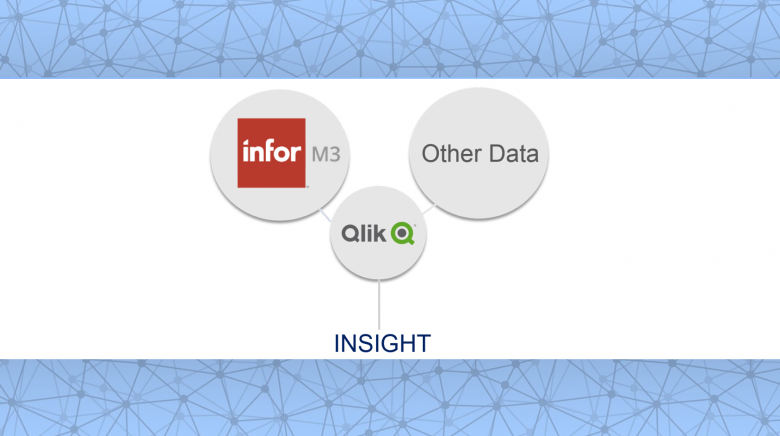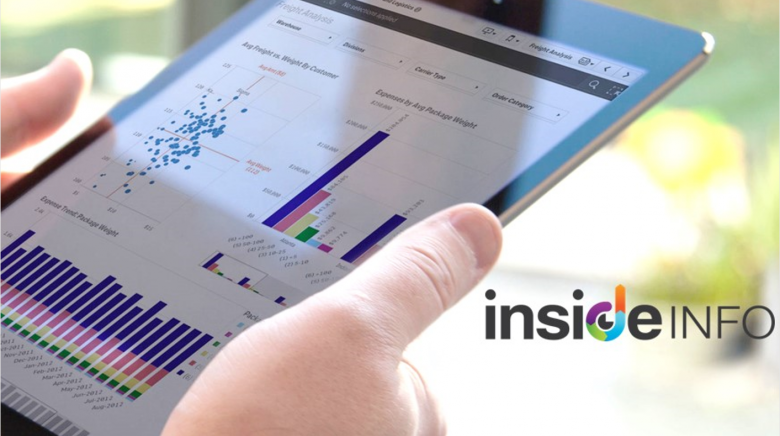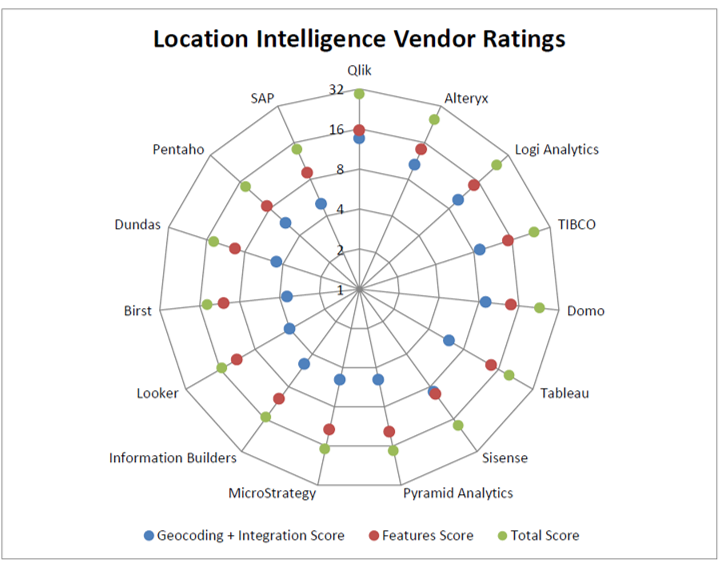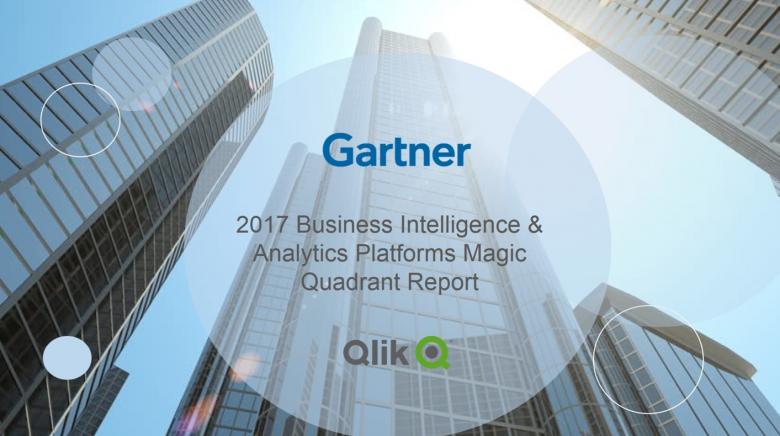Using Analytics To Improve Asset Management In The Power Industry

Due to the complexity and increasing challenges of delivering gas, water, electricity and waste management services to their customers, utilities need management systems that provide all employees including those at the grass-roots, with access to wide ranging data sources in a simple to use, consolidated way to improve decisions about suppliers, assets, risks and operations.
The high cost of infrastructure within the utilities sector, dictates effective management of assets to optimise efficiency, safety and minimise downtime. However, many are still struggling with uncertainties and the road to 'data-driven' asset management. Maintenance programs tend to vary across companies but effectively leveraging business analytics to approach asset management can yield significant benefits.
Data-Driven Asset Management
Sensors and data from other hardware that allow assets to be tracked and controlled remotely have become more mainstream within the industry. Accessing, processing and interpreting this data is made simple with business intelligence platforms like Qlik. Energy providers don't need to rely on the old model of sourcing specialists to set maintenance schedules, instead they can use real-time performance data to guide asset management decisions. Schedule-based maintenance must give way to a more data-driven approach so that the asset and engineering base responds to needs as they emerge.
Companies that want to lower costs might use analytics to increase the reliability of their services or identify routine procedures they can eliminate, particularly for assets that are less valuable, and to keep their assets in service for longer. Analytics can also aid in planning additional maintenance work for assets that can disable their networks if they fail. In the area of asset management, we usually find that most utilities tend to use analytics to:
- More effectively measure asset health and provide indicators on the likelihood that the assets may fail (usually incorporating test data, performance failures and even data on weather conditions).
- Measure the importance of asset availability for those that rely on them (eg. Customers, suppliers etc)
- Provide guidance on asset maintenance and replacement across a plant, transmission or distribution network.
Using analytics to support asset management only works if companies can produce high-quality data on its assets. At many utilities however, data quality can vary, and consolidating the right data can be difficult. This is because companies often divide responsibilities for assets among departments that have their own IT systems. This data needs to be integrated so all the asset data can be consolidated for users on the front end. A single feed into a data warehouse does this or advanced BI platforms like Qlik can also go direct to data often removing the need for a data warehouse.
How Qlik Analytics Optimises Assets & People
Smart asset management with Qlik enables maintenance to be shifted from a time-driven exercise to a proactive exercise for the first time. Machinery, parts and equipment are repaired when they need to be repaired rather than simply using the calendar as a prompt for assessment. By pre-empting and preventing breakdowns, organisations can reduce the cost of outages, avoid subsequent penalties and exceed customer expectations.
Moreover, by tracking plant, construction materials and assets across a project's lifecycle, organisations have end-to-end traceability from onsite delivery through to in-life operations. This allows project costs to be better controlled with accurate information about available equipment and resources.
Using the Qlik Business Discovery platform an energy provider can easily combine data from disparate systems into a single dashboard to suit the needs of many different users. In essence providing:
- A full 360 degree view of assets: current operating condition, work order status; reliability - uptime, downtime and Mean Time To Failure (MTTF); the current location of assets, spare parts or skilled engineers
- Improved maintenance scheduling and uptime directly improving the wider operational goals of the enterprise
- A single common application can be used to analyse a wide variety of assets dispersed globally by any user creating a single version of the truth
- The App can be updated automatically daily, releasing valuable departmental time for in depth analysis, rather than assembling reports
- Typical return on initial investment can be achieved within 3 months
So let's look at an example. One of our energy clients undertook an operational and reporting project to improve its capability and provide grass roots staff with timely and relevant data to make decisions. Inside Info worked with them to develop Qlik business intelligence applications to provide self-serve dashboard style information access for, Plant Maintenance (both maintenance and cost performance), Occupational Health and Safety (incident statistics and tracking) , and Finance (Inside Info assisting in the development of a financial dashboard). All of the applications integrating seamlessly with financial and operational systems.
The plant maintenance dashboard helps the business to measure both maintenance performance in both the corrective and preventive areas as well as maintenance cost performance. This improved visibility and measurement against predefined targets facilitates improved decision making designed to improve plant performance and reduce costs. The health and safety analysis dashboard provides visibility at all levels of the organisation, safety performance tracking to budget lost time, injury rates and incidents. While the finance dashboard provides the finance teams with a view of the organisations' financial situation and provides interactive profit and loss drilling down into revenue items and operating costs at any summarised or transactional level.
Qlik was chosen for the fact that it is an easy to implement, highly visual, easy to use business analytics platform that provides business managers and analysts with access to the data they need to better monitor maintenance, OH&S and finance performance. Qlik is ideal for companies who want to deliver consolidated, interactive analysis of data to the business in a simple, self-serve way.











